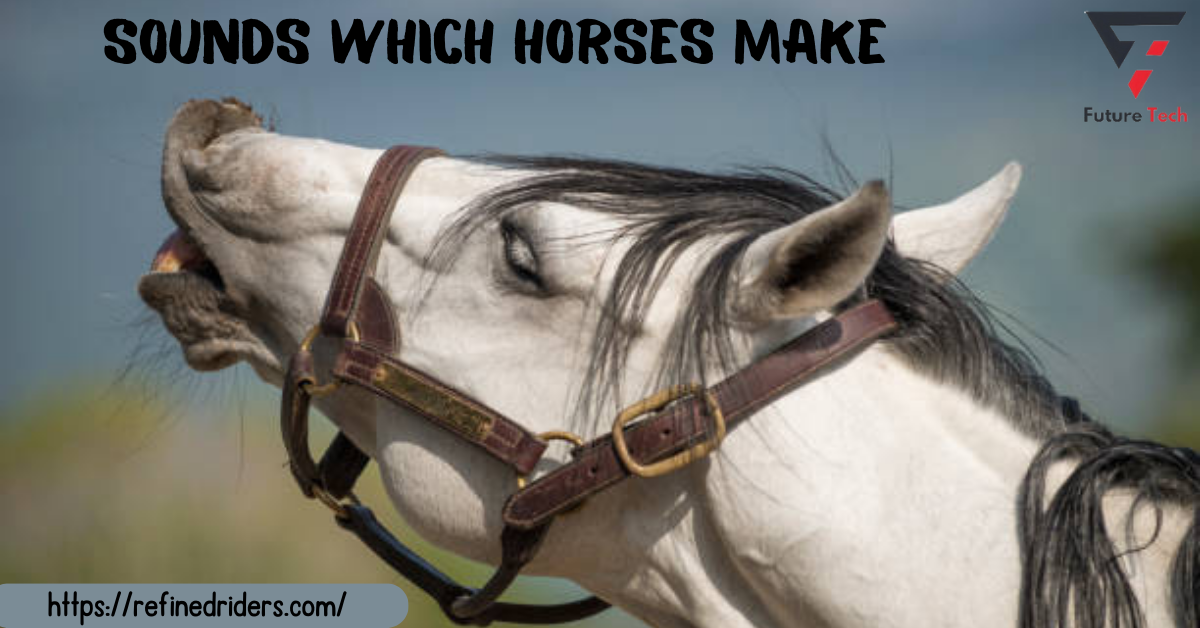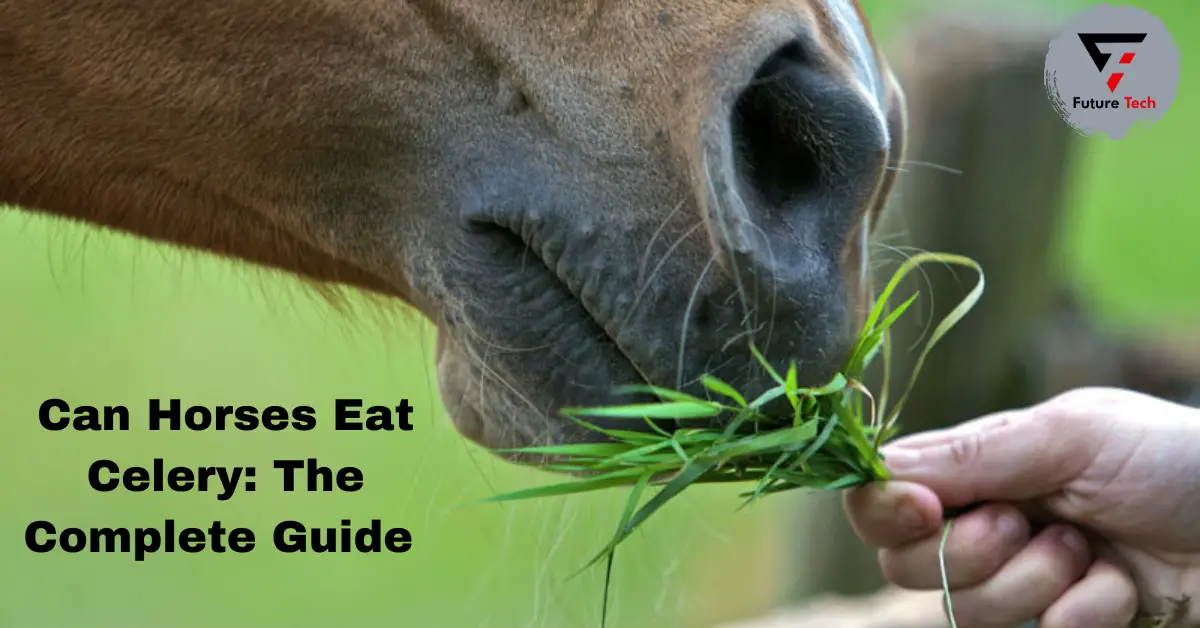Understanding our horses’ thoughts and emotions is essential to providing them with the care, training, and riding they need from us as horse owners and riders. Horses are pretty talkative creatures, but sometimes their noises may be confusing. Some horse sounds are extremely simple to comprehend, while others are a little more. Horses communicate using a mix of noises, body language, and intonation, much as people do. Horses convey their wants and limits via continual communication. But amid all the noises of horses, what is normal? And how can we determine when to raise an alarm?
Fortunately, to shed light on many aspects of equine communication, experts have spent many hours listening to and recording horse noises. Numerous sounds in the following list might have both advantages and disadvantages. It is possible to decipher all “verbal” horse communication by using non-verbal clues.
These variations enable us to comprehend the whole context of every specific sound a horse produces.
Let’s begin by describing their seven fundamental sounds.
What Sounds Does a Horse Make?
1. Neigh
The loudest sound a horse can produce is a neigh. It is exclusive to horses and audible more than half a mile distant. The neigh’s volume, duration, and pitch might change depending on its intended use. Horses may neigh for a variety of reasons. They are usually calling to a horse that is out of sight. Many horses may act this way during trail rides when they are in a new place and don’t feel comfortable being with their rider alone.
Another horse will neigh back to respond, “I am here!” if they hear the call. This may oscillate briefly, depending on how uneasy your horse is. It is a good idea to give your horse something to do in this case to deflect his attention. Herd members may communicate effectively across great distances by neighing each other. Horses may readily distinguish one another by their distinct vocalizations. They may also detect the presence of strangers in the vicinity.
Neighboring horses that are close to one another yet separated would most likely neigh for one another. It might take days for them to calm down before they stop making this frantic, high-pitched cry. In the first days after weaning, mares and foals are particularly prone to it.
A loved horse or human friend’s reunion causes horses to neigh excitedly. A lifted tail and forward-facing ears are often seen during these shorter neighs. This sound might also alert other herd members to danger when an unfamiliar item or animal comes into view.
2. Groan
A horse may moan when it is hurting, uncomfortable, or going through physically demanding motions like getting up off the ground. A horse grunting could sometimes signify happiness, such as rolling about in the mud. To ensure you interpret the scenario correctly, you must comprehend further facets of horse behavior, body language, and the surrounding circumstances. Rolling and moaning are some symptoms of colic in horses. Being able to distinguish between the two is essential.
(Observe how the person in this video tells viewers that he is not a threat and is only “a groaner.”) For this reason, it’s crucial to get to know your residents as people. That sound coming from a different horse can indicate discomfort or suffering. Though as his caregiver—someone who gives daily care, especially for animals residing in an animal sanctuary, refuge, or rescue—it would still imply that in this adorable little one, you would realize it’s not always a reason for alarm right away. For other hints, observe the surroundings, different actions, and vocalizations.)
3. Nicker
Slighter, consecutive vocalizations that are lower in pitch make form a nicker. The nicker might have a different tone depending on the situation and the people involved. The morning or breakfast welcome nicker is not unfamiliar if you care for horses. This is something you can hear a lot when you deliver meals! Additionally, mares will nicker at their foals. If she is concerned, they might take this action to reunite her with her foal.
In general, these nickers are smoother and lower. Finally, a gelding or stallion acting in a stallion manner may nicker as an introduction to wooing behavior.
4. Snort
One theory is that horses use snorting as a useful form of communication.
Horse communicates their happiness and pleasure to everyone around them by making these sounds. When a dog snores, it usually follows up with additional sound cues like a waving tail and a composed expression on its face. Snoring may occur when a horse has access to their favorite reward, during grooming, or when interacting with farm animals they don’t often see.
5. Whinny
Though commonly associated with mares and foals, a whinny resembles a neigh. Many people mistakenly think that whinnies and neighs are the same thing, yet whinnies are quieter and higher-pitched than neighs.
Whinnying is a way for mares and foals to communicate across great distances. After hearing her mother’s call, the foal finds the mare in a herd. When the whining becomes too loud and severe, it typically indicates that the two cannot communicate. Therefore, it’s essential to make sure everything is well.
6. Blowing
A horse will make a blowing noise when they exhale air via their nostrils. It might sound like a gentle breath out or like something more rattling. Look at the horse’s lips to see if it is blowing or snorting. A horse’s lips will move and vibrate as it blows hard. However, when the horse snorts, its lips remain squeezed together, and its nostrils quiver in response to loud, sharp inhales and exhales.
Horses may blow out their nostrils to release an object lodged within. Usually, these are more substantial hits that cause their lips to move. But they may gently blow their nostrils when they smell something familiar. Horses investigate new objects by getting their noses near them and emitting loud sniffing sounds. Horses use scent to learn a lot about their surroundings, unlike humans. All they’re doing when they breathe loudly into anything is gathering data about what’s in front of them.
A horse will blow most comfortably when they smell something familiar and like. They could breathe into their friend’s nose or your neck as they caress you. They may express, “I trust you. You make me feel safe,” in this manner.
7. Sigh
A sigh is a long exhalation of air, exactly like a human sigh. It might be very loud or hardly audible. Equines exhale with relief. You may have seen your equine exhaling with relief after tasks. This indicates that he has relaxed and let go of the stress.
While your horse is becoming flexible and relaxed from activity, such as while lunging or working in a saddle, you may also hear this. On the other hand, it’s also possible that your horse feels that the job is too repetitious. Try to change things up and add some variation to your routine.
Similarly, your horse is probably bored if you hear him moaning in his stall. He may need a stable toy or hay net with little holes.
Sighing may also be an expression of enjoyment. Some horses sigh with satisfaction after receiving massages or grooming. Additionally, they could do it while lounging with their friends or tanning in the field.
Summary
Giving horses the attention, instruction, and riding they need requires understanding their feelings and ideas. Similar to humans, horses use a combination of sounds, body language, and intonation to communicate. They produce seven basic noises: a whinny, a snort, a nicker, a neigh, and a blowing noise. The loudest sound a horse can make, heard from almost half a mile distant, is aneigh. While nickers are lighter, lower vocalizations that may have varying tones depending on the context and the persons involved, groans indicate discomfort, agony, or physical demands. One effective way to express satisfaction and joy to others is by snorting sounds. Mares and foals utilize whistles, which are higher-pitched and quieter than neighs, to communicate across long distances. A blowing horse makes an auditory cue to record information about their environment. Comprehending these noises gives horses the attention, instruction, and riding they need from their owners and riders.
A prolonged exhale of air, often associated with relaxation or stress reduction, is a sigh. It may also signify happiness or boredom during leisure activities or after a massage or other grooming procedure.




